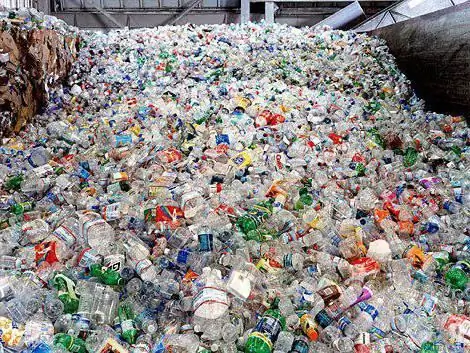2025 Author: Howard Calhoun | [email protected]. Last modified: 2025-01-24 13:10:26
Plastic materials over the past 10-15 years have formed a wide range of applications in which their products can be used. The synthetic material itself is currently undergoing a period of radical technological changes, as a result of which the market for building materials is filled with new proposals. Suffice it to mention the families of composites that replace both metals and wood.
In turn, plastic recycling as a way to obtain a fundamentally new and, most importantly, more advanced material in terms of performance is not so interesting. At most, with the help of this type of technology, it is possible to recreate the previous synthetic structure. And yet, this line of business for processing plants pays off for many other reasons, including environmental and financial ones.

Types of plastic waste
Technologists distinguish 4 categories of plasticwaste that can be recycled. First of all, these are single-grade plastics in the form of scrap and waste directly, which can be introduced into masses that are similar in chemical composition. The second category is contaminated single-grade plastics, for the processing of which it is necessary to carry out primary cleaning technological measures. The third group is mixed plastic waste containing foreign impurities.
In essence, foreign particles are the same impurities, metal or cement elements that require pre-cleaning. Also, the theoretical foundations of plastics processing provide for the selection of a group of various plastic materials. In this case, not only plastic and third-party particles of other industrial or building materials are mixed, but also different structures of the plastics themselves.
Classifications of processing methods
The main classification provides for the allocation of technologies for direct molding of products and molding from a semi-finished product. With regard to direct processing, this group includes polymerization methods, contact molding, broaching and wet winding, as well as spraying. Methods of molding plastic products from semi-finished products are also popular. This direction of technological development of processing includes injection methods, extrusion, molding from prepregs and premixes. Also, plastics processing can be physical-chemical and mechanical.

Almost all mechanicalprocessing methods are focused on grinding the treated waste, followed by obtaining a homogeneous mass. An important difference between this group of methods is the fact that the resulting product does not differ in its physical and chemical properties from the primary raw materials. On the contrary, physico-chemical methods are based on technologies for the destruction of the structure of the primary material, during which the operational qualities of the resulting substance also change.
Plastic shredding as a preparation technology
This is a common operation in the recycling industry and is not limited to plastics. Depending on the requirements for the final fraction, the appropriate units are connected to the work. Compactors with screw mechanical action can be called a universal grinding machine.

In the process of work, the loaded plastic mass is compacted with the help of disc granulator plates with friction mechanisms. As a rule, two plates are used, one of which remains stationary. Shredding processing of waste plastics largely depends on the characteristics of the material itself.
For hard raw materials, crushers and aggregates equipped with cutters of various shapes are used. Working with polyethylene waste in the form of a film is carried out by more delicate methods. For example, on a complex line, which includes compaction, grinding and granulation units. The direct mechanical task of grinding in this case is performed by knifeitems.
Waste separation technologies
This stage is partly related to the preparatory clean-up activities, which have already been mentioned above. But the process of separation as such is more extensive and is not limited to cleaning from dirt. It is also important to carry out separation after grinding, since small granules are easier to separate from foreign particles. So, the primary separation still involves the separation of pieces of plastic from metal. To do this, magnetic and electromagnetic coils are used inside drum rotating structures into which the target material is loaded.

In the process of rotation, small elements of non-ferrous and ferrous metal lag behind the plastic and are removed through special channels. It turns out the initial processing of plastics, increasing the uniformity of their composition. However, with such a separation, some of the plastics themselves are also lost. As a rule, the share of loss does not exceed 1%. Industrial containers for washing are used for cleaning from pollution. The crushed particles are washed under a jet of water, which is supplied under high pressure. Sometimes solvents are added to the water to increase the effectiveness of the procedure.
Custom Recycling
The individuality of processing is due to the fact that only sorted plastic gets into the working area, which is also ready for mixing with masses that are suitable in structure. The processing itself is carried out in different ways, but extruder is considered the main one. Special installation with augers and hopperloading takes the shredded plastic, melts it and feeds it through the extruder to the production line. At the final stage of release, depending on the machine, the operator can change the parameters of plastic release. The degree of compression of the raw material is also adjustable, which also allows you to choose the optimal length of the screw in order to ensure sufficient homogenization.
This kind of plastic recycling is considered to be gentle in terms of maintaining the performance properties of the material, but this does not mean that it can be repeated indefinitely. The fact is that the same plastic substance can be processed no more than 3-4 times using this technology, depending on the conditions of use. In the future, the mass is sent to recycling lines with deeper chemical processing.

Separationless plastic recycling technology
The exclusion of the stage of separation and purification of plastic waste also determined the specifics of the technology for their further processing. Usually, melting machines with additional equipment for calendering the material are used for this. As a result, ready-to-use panels, plates and sheets of plastic are delivered to the exit. This is a rough material with a rigid structure, which contains a large ratio of impurities. Due to the content of third-party particles, the quality of plastic and environmental friendliness are reduced. On the other hand, non-separated processing of plastics is cost-effective and provides optimal material performance in some areas.
Recycling by casting
In order to optimize the recycling process, another method was developed to reduce the cost of production. The technology of multi-component casting is a variant of the manufacture of combined products. Its essence is that a three-component product is created by means of several molding levels. It is based on cheap plastic based on the same unrefined substances, and then follows the level of average quality mass. In turn, the outer layers are a completely purified environmentally friendly composition, for which plastic extruder processing was used.
The production of plastic materials based on multi-component molding is carried out by a technique that ensures the passage of waste through several channels. By the way, plastics are not always used for internal layers. They are often replaced by cheaper materials such as barium sulfate, talc, ceramic, etc.
Modification of plastic waste
It is not at all necessary that processing should be aimed at obtaining the same operational and structural properties that previously characterized the product. This stage opens up wide possibilities for modifying the structure by introducing special additives. For example, the recycling of plastics with the addition of an ethylene copolymer contributes to increased resistance to mechanical stress and elasticity. If such an inclusion is introduced into the structure of polyvinyl chloride, then one can count on an increase in impact resistance.

Recycling Equipment
There are not so many specialized machines designed for full-cycle processing. In Russia, for example, the Reverzer installation from the Japanese company Mitsubishi is known. This is an example of the same extruder machine equipped with screws and a degassing device. Domestic enterprises are also familiar with English plastics processing equipment, the advantages of which are demonstrated by EPG installations. This is a company that offers innovative ways to recycle waste through blown extrusion.
How to choose the best recycling method?
To begin with, the tasks that will already face the released products should be evaluated. This will allow you to initially determine the need for separation, and with the possible use of modifiers. The simplest and cheapest method is the in-separated processing of plastic products, which allows you to get high-quality fences, floor materials, insulating panels, etc. The technology for processing purified plastics is usually focused on the subsequent production of polyethylene containers.
Conclusion

The synthetic waste processing industry is especially relevant and in demand in various industries these days. Obtaining inexpensive and practical raw materials at low cost is the main motive that guides the participants in this market. At the same time, in Russia this sector of industry is not yet as developed as in Europe. Of the mostdeveloped ones can be distinguished only by the Plarus plastics processing plant, which has been operating since 2009. The technological features of this enterprise include the use of a modern method for processing PET bottles. At the same time, other enterprises are gaining momentum, each year increasing the production of recycled plastic in various forms.
Recommended:
Meat: processing. Equipment for meat and poultry processing. Production, storage and processing of meat
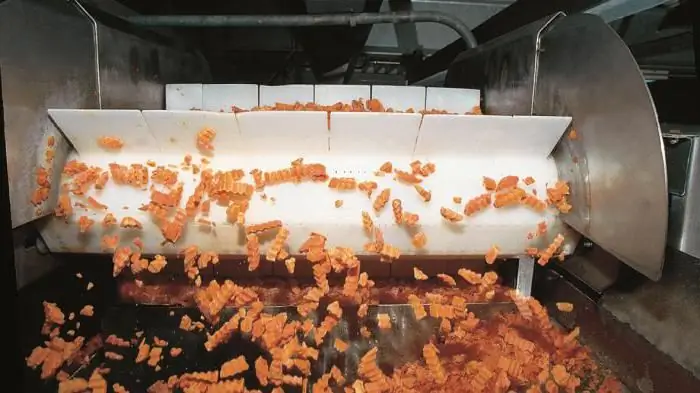
Information of state statistics show that the volume of meat, milk and poultry consumed by the population has significantly decreased in recent years. This is caused not only by the pricing policy of manufacturers, but also by the banal shortage of these products, the required volumes of which simply do not have time to produce. But meat, the processing of which is an extremely profitable business, is very important for human he alth
Recycling plastic bottles as a business. Plastic Bottle Recycling Equipment
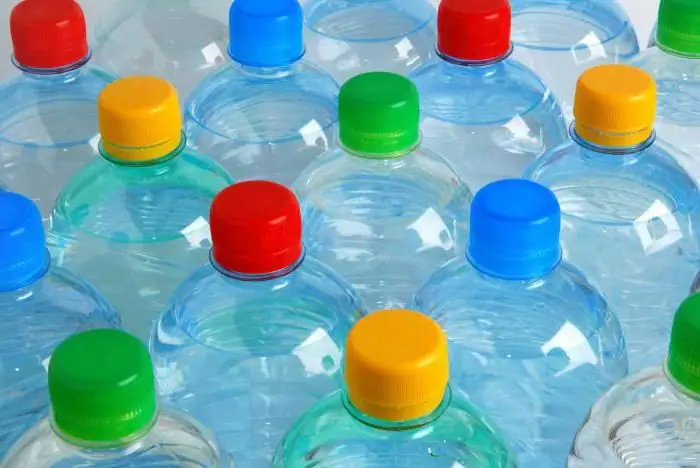
Now there are many business ideas that improve the lives of the population. If bottle recycling becomes popular among people, then it will be possible to create a permanent source of income. In our country, few people are engaged in such activities, so there is a possibility of profitability
Sheet metal processing: technology and equipment
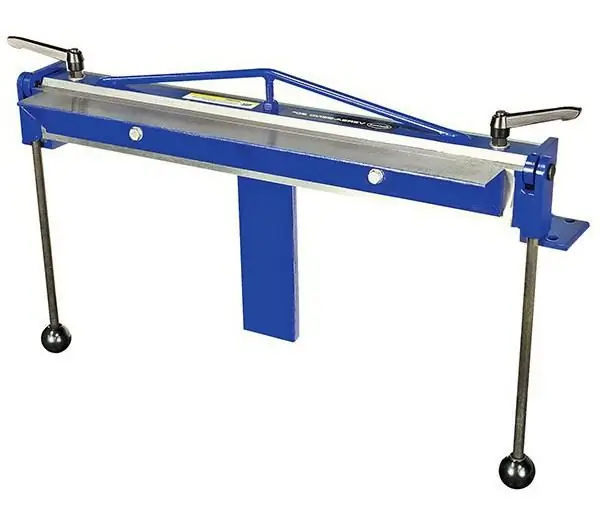
Today, sheet metal is one of the most sought-after materials. Sheet metal processing is a process that allows you to change the characteristics of raw materials and bring them to the desired values. In addition, there are many ways to process
Drilling is a type of mechanical processing of materials. drilling technology. Drilling equipment
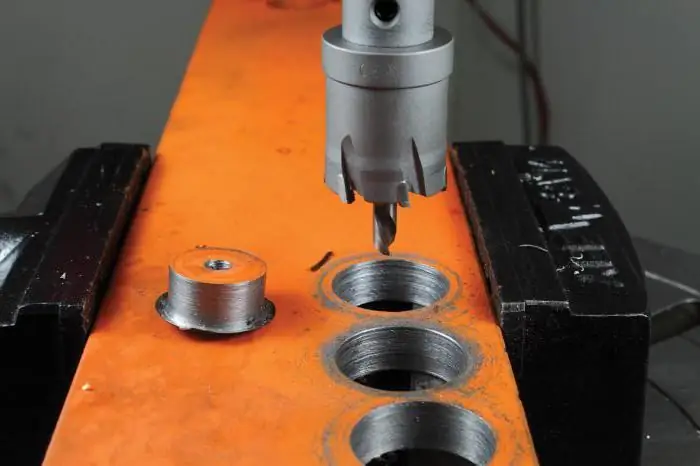
Drilling is one of the types of material machining by cutting. This method uses a special cutting tool - a drill. With it, you can make a hole of different diameters, as well as depths. In addition, it is possible to create multifaceted holes with different cross sections
Laser engraving on plastic: types of plastic, choice of pattern, necessary laser equipment and patterning technology
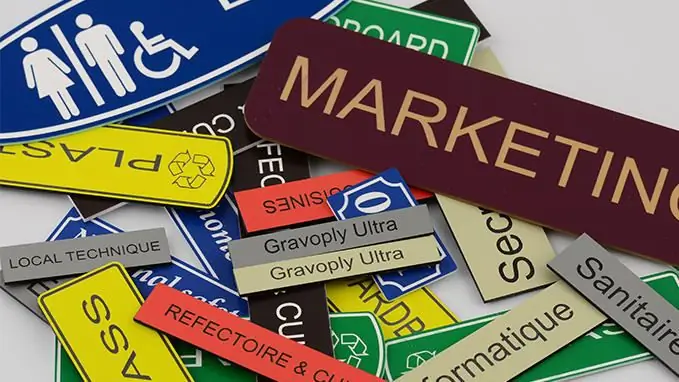
What types of plastic are used when applying laser engraving. Designs suitable for engraving and their types. How to edit and prepare photos for laser engraving. Necessary equipment for work, principles of its operation

